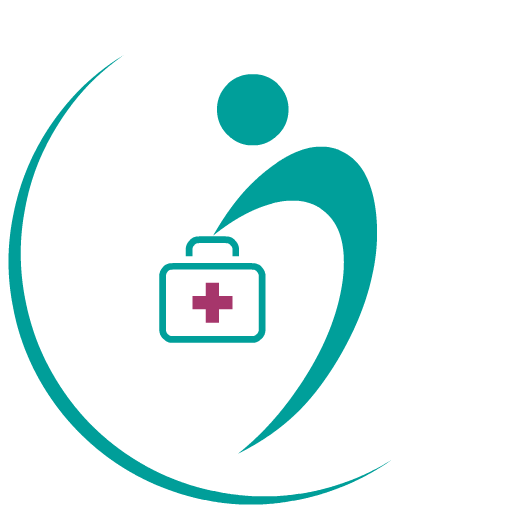Typhoid fever is a serious bacterial infection that can cause high fever, abdominal pain, and gastrointestinal issues.
It is caused by the bacterium Salmonella typhi and is commonly spread through contaminated food and water. In this article, we will explore the causes, symptoms, treatment, and prevention of typhoid fever, providing you with essential information to understand and manage this infectious disease.
Introduction
Typhoid fever has been a significant public health concern for centuries. It is prevalent in areas with poor sanitation and limited access to clean water. Understanding the causes, symptoms, treatment, and prevention of typhoid fever is crucial for individuals living in or traveling to high-risk regions.
What is Typhoid Fever?
Typhoid fever is an infectious disease caused by the bacterium Salmonella typhi. It primarily affects the gastrointestinal system and can lead to severe illness if left untreated. The bacterium spreads through contaminated food and water, usually due to poor sanitation practices. Typhoid fever is more common in developing countries but can occur worldwide, especially in crowded and unsanitary conditions.
Causes of Typhoid Fever
The main cause of typhoid fever is the ingestion of food or water contaminated with the Salmonella typhi bacterium. This contamination often occurs when sewage mixes with the water supply or when food is prepared by individuals with poor hygiene practices. The bacterium can survive outside the human body, allowing it to persist in water sources and food products.
Symptoms of Typhoid Fever
The symptoms of typhoid fever typically appear 1 to 3 weeks after exposure to the bacteria. The initial signs may resemble common flu-like symptoms, such as fever, headache, and fatigue. As the infection progresses, more specific symptoms develop, including abdominal pain, loss of appetite, and constipation or diarrhea. Some individuals may develop a characteristic rash known as "rose spots" on their abdomen.
Diagnosis of Typhoid Fever
Diagnosing typhoid fever requires a thorough medical evaluation. A healthcare professional will consider the patient's symptoms, medical history, and possible exposure to the bacterium. Laboratory tests, such as blood cultures and stool samples, are conducted to confirm the presence of Salmonella typhi. Prompt and accurate diagnosis is crucial for initiating appropriate treatment.
Treatment for Typhoid Fever
Typhoid fever is primarily treated with antibiotics to eliminate the Salmonella typhi bacteria from the body. Commonly prescribed antibiotics include ciprofloxacin, ceftriaxone, and azithromycin. It is essential to complete the full course of antibiotics as prescribed by the healthcare provider to ensure complete eradication of the bacteria. In severe cases, hospitalization may be required for intravenous antibiotic administration and supportive care.
Complications of Typhoid Fever
If left untreated, typhoid fever can lead to serious complications. The infection can spread to various organs, including the liver, spleen, and intestines, causing severe damage. Intestinal perforation and gastrointestinal bleeding are potential life-threatening complications. Additionally, individuals who have had typhoid fever can become chronic carriers, unknowingly spreading the bacteria to others.
Prevention of Typhoid Fever
Preventing typhoid fever involves practicing good hygiene and taking necessary precautions. Here are some preventive measures to reduce the risk of infection:
Wash hands thoroughly with soap and clean water before handling food or eating
Consume only safe and properly cooked food and drink purified or bottled water
Avoid consuming raw or undercooked foods, especially shellfish and salads
Maintain proper sanitation and dispose of sewage appropriately
Vaccination against typhoid fever is available and recommended for individuals traveling to high-risk areas
Conclusion
Typhoid fever is a significant global health issue, particularly in regions with inadequate sanitation and limited access to clean water. Understanding the causes, symptoms, treatment, and prevention methods is crucial for effective management of this infectious disease. By following good hygiene practices, practicing safe food and water consumption, and considering vaccination when necessary, we can significantly reduce the risk of typhoid fever.
Frequently Asked Questions (FAQs)
Q1: Can typhoid fever be fatal?
Yes, if left untreated, typhoid fever can be life-threatening, especially in severe cases or when complications arise.
Q2: Is typhoid fever contagious?
Yes, typhoid fever is contagious and can spread from person to person through close contact or consumption of contaminated food or water.
Q3: How long does it take to recover from typhoid fever?
With appropriate treatment, most individuals recover from typhoid fever within a few weeks. However, it may take several months to regain full strength and energy.
Q4: Is there a vaccine available for typhoid fever?
Yes, vaccines against typhoid fever are available and recommended for individuals traveling to high-risk areas or those at increased risk due to their occupation.
Q5: Can I get typhoid fever more than once?
Yes, it is possible to contract typhoid fever more than once. Some individuals may become chronic carriers, harboring the bacteria even after recovering from the acute illness.
Blogs
Stay connected to health experts and read what they have to say via DocSmart.
Please sign up to create your own blog





